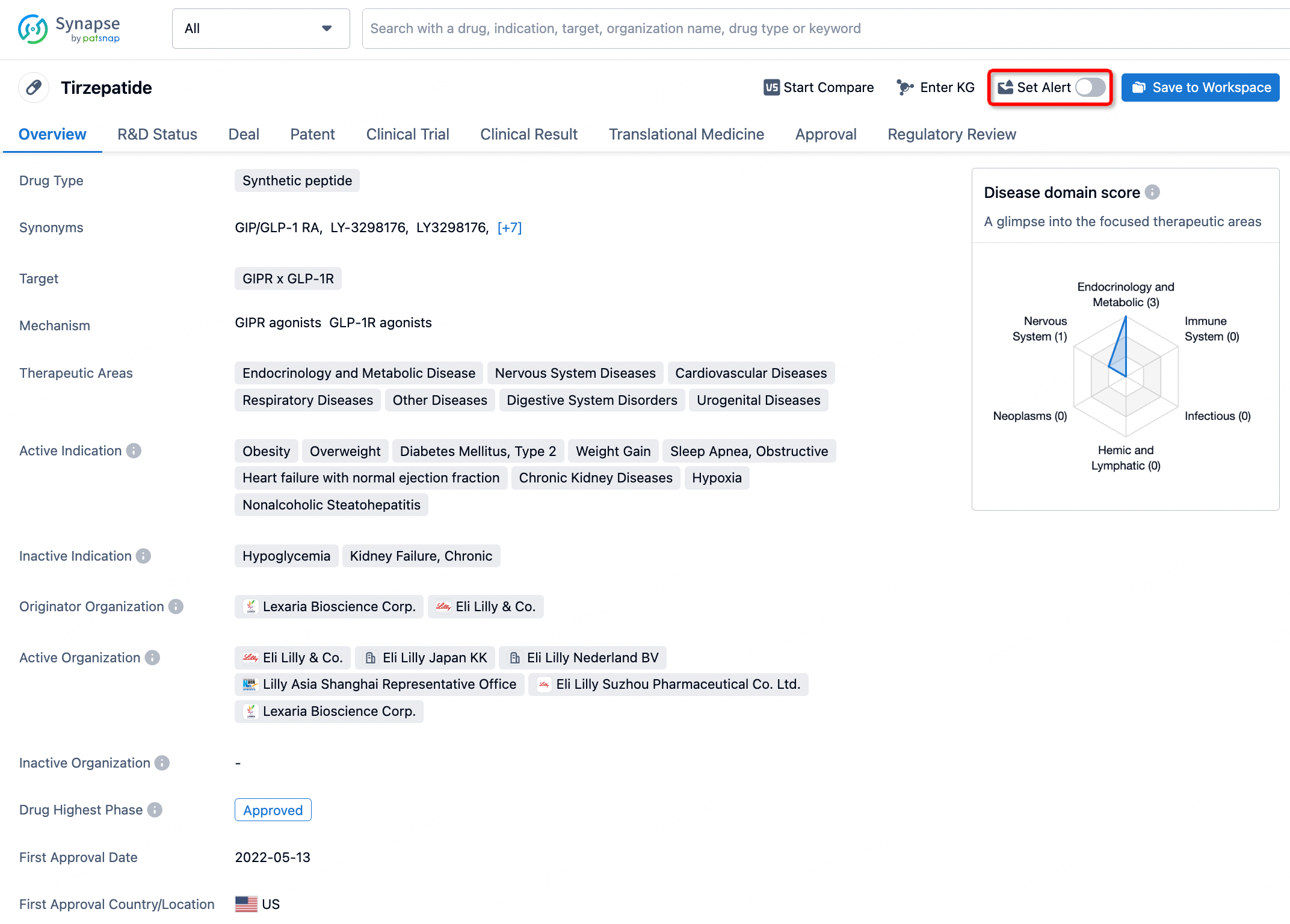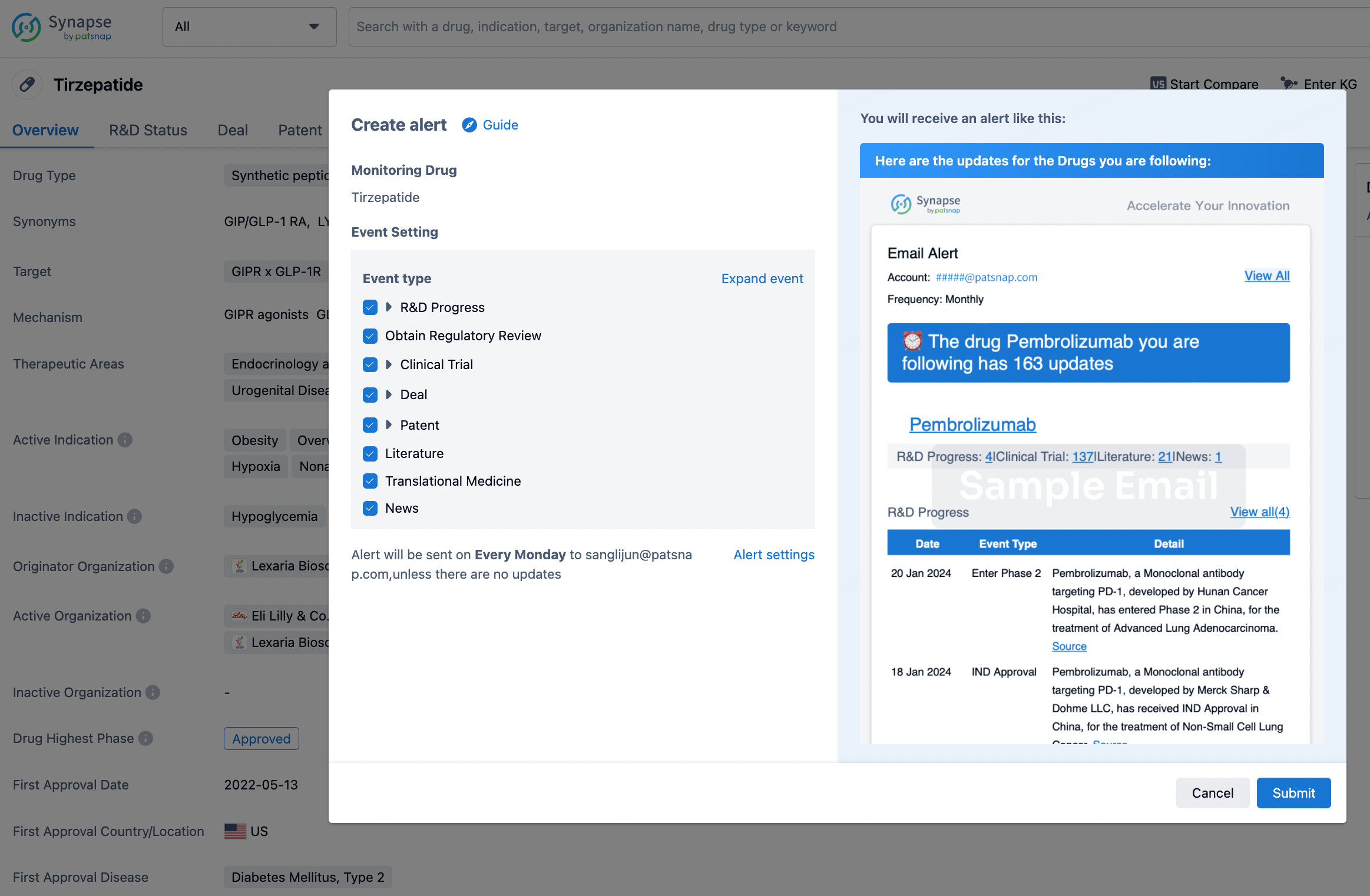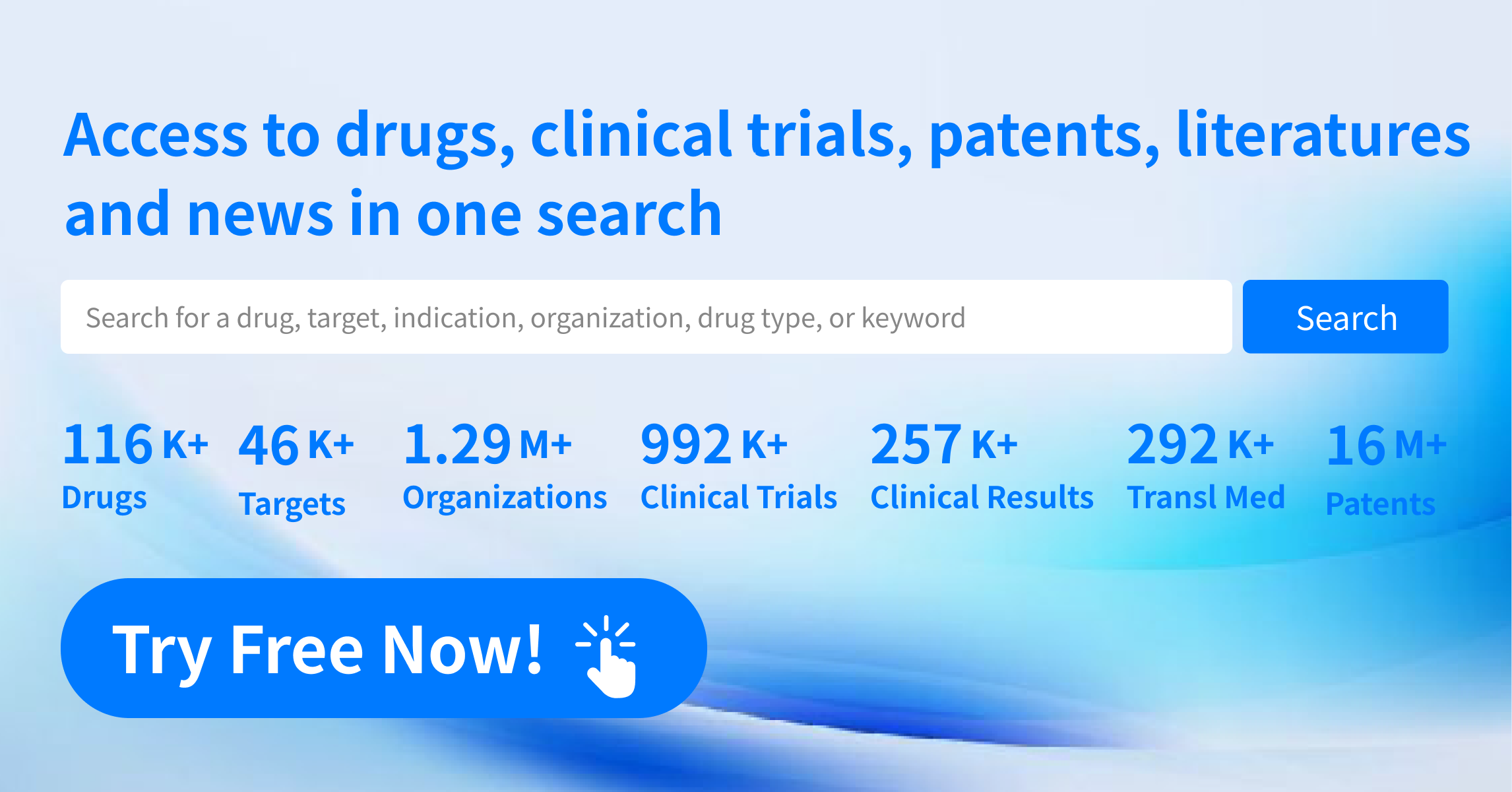Request Demo
What is the mechanism of Cyclandelate?
18 July 2024
Cyclandelate is a vasodilator, a type of medication that helps to widen blood vessels, thereby improving blood flow. To understand the mechanism of Cyclandelate, it is essential to delve into its pharmacological actions and the processes involved in its therapeutic effects.
At its core, Cyclandelate acts primarily on the smooth muscle cells found in the walls of blood vessels. By influencing these cells, the drug promotes vasodilation, or the widening of blood vessels. This action reduces the resistance within the blood vessels, allowing blood to flow more easily. The precise biochemical pathways through which Cyclandelate achieves this involve multiple steps and interactions.
Cyclandelate's mechanism of action begins with its impact on calcium ions (Ca2+). Smooth muscle contraction, and consequently blood vessel constriction, is heavily dependent on the influx of calcium ions into the muscle cells. Cyclandelate interferes with this process by inhibiting the entry of calcium ions into the cells. This inhibition is believed to occur through the blockage of voltage-dependent calcium channels on the smooth muscle cell membrane. By preventing calcium from entering these cells, Cyclandelate reduces the intracellular calcium concentration, leading to relaxation of the smooth muscle and subsequent vasodilation.
In addition to its effects on calcium dynamics, Cyclandelate also exhibits properties that stabilize cell membranes. This stabilization further contributes to the relaxation of smooth muscle cells. By maintaining the integrity of cell membranes, Cyclandelate may help to preserve proper cellular function and enhance the vasodilatory effects.
Moreover, Cyclandelate has been found to have mild antiplatelet effects. While its primary function is vasodilation, the drug can also inhibit platelet aggregation to some extent. Platelets are blood components that clump together to form clots; however, excessive aggregation can lead to thrombosis, which is the formation of potentially harmful blood clots. By mitigating platelet aggregation, Cyclandelate may help to improve blood flow and reduce the risk of clot-related complications.
Clinically, Cyclandelate is used to manage conditions associated with poor blood circulation, such as peripheral vascular disease, certain cerebrovascular disorders, and other conditions where enhanced blood flow can provide therapeutic benefits. By promoting vasodilation, Cyclandelate can help to alleviate symptoms such as pain, cramps, and weakness that result from inadequate blood supply to tissues.
In summary, Cyclandelate operates through a multifaceted mechanism that primarily involves the inhibition of calcium influx into smooth muscle cells, leading to vasodilation. Additionally, its membrane-stabilizing properties and mild antiplatelet effects contribute to its overall efficacy. This combination of actions makes Cyclandelate a valuable therapeutic agent in the management of conditions characterized by compromised blood flow. Understanding the specific mechanisms by which Cyclandelate works can provide deeper insights into its clinical applications and potential benefits for patients.
At its core, Cyclandelate acts primarily on the smooth muscle cells found in the walls of blood vessels. By influencing these cells, the drug promotes vasodilation, or the widening of blood vessels. This action reduces the resistance within the blood vessels, allowing blood to flow more easily. The precise biochemical pathways through which Cyclandelate achieves this involve multiple steps and interactions.
Cyclandelate's mechanism of action begins with its impact on calcium ions (Ca2+). Smooth muscle contraction, and consequently blood vessel constriction, is heavily dependent on the influx of calcium ions into the muscle cells. Cyclandelate interferes with this process by inhibiting the entry of calcium ions into the cells. This inhibition is believed to occur through the blockage of voltage-dependent calcium channels on the smooth muscle cell membrane. By preventing calcium from entering these cells, Cyclandelate reduces the intracellular calcium concentration, leading to relaxation of the smooth muscle and subsequent vasodilation.
In addition to its effects on calcium dynamics, Cyclandelate also exhibits properties that stabilize cell membranes. This stabilization further contributes to the relaxation of smooth muscle cells. By maintaining the integrity of cell membranes, Cyclandelate may help to preserve proper cellular function and enhance the vasodilatory effects.
Moreover, Cyclandelate has been found to have mild antiplatelet effects. While its primary function is vasodilation, the drug can also inhibit platelet aggregation to some extent. Platelets are blood components that clump together to form clots; however, excessive aggregation can lead to thrombosis, which is the formation of potentially harmful blood clots. By mitigating platelet aggregation, Cyclandelate may help to improve blood flow and reduce the risk of clot-related complications.
Clinically, Cyclandelate is used to manage conditions associated with poor blood circulation, such as peripheral vascular disease, certain cerebrovascular disorders, and other conditions where enhanced blood flow can provide therapeutic benefits. By promoting vasodilation, Cyclandelate can help to alleviate symptoms such as pain, cramps, and weakness that result from inadequate blood supply to tissues.
In summary, Cyclandelate operates through a multifaceted mechanism that primarily involves the inhibition of calcium influx into smooth muscle cells, leading to vasodilation. Additionally, its membrane-stabilizing properties and mild antiplatelet effects contribute to its overall efficacy. This combination of actions makes Cyclandelate a valuable therapeutic agent in the management of conditions characterized by compromised blood flow. Understanding the specific mechanisms by which Cyclandelate works can provide deeper insights into its clinical applications and potential benefits for patients.
How to obtain the latest development progress of all drugs?
In the Synapse database, you can stay updated on the latest research and development advances of all drugs. This service is accessible anytime and anywhere, with updates available daily or weekly. Use the "Set Alert" function to stay informed. Click on the image below to embark on a brand new journey of drug discovery!
AI Agents Built for Biopharma Breakthroughs
Accelerate discovery. Empower decisions. Transform outcomes.
Get started for free today!
Accelerate Strategic R&D decision making with Synapse, PatSnap’s AI-powered Connected Innovation Intelligence Platform Built for Life Sciences Professionals.
Start your data trial now!
Synapse data is also accessible to external entities via APIs or data packages. Empower better decisions with the latest in pharmaceutical intelligence.


